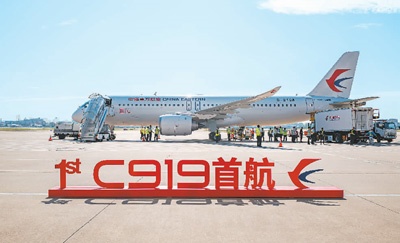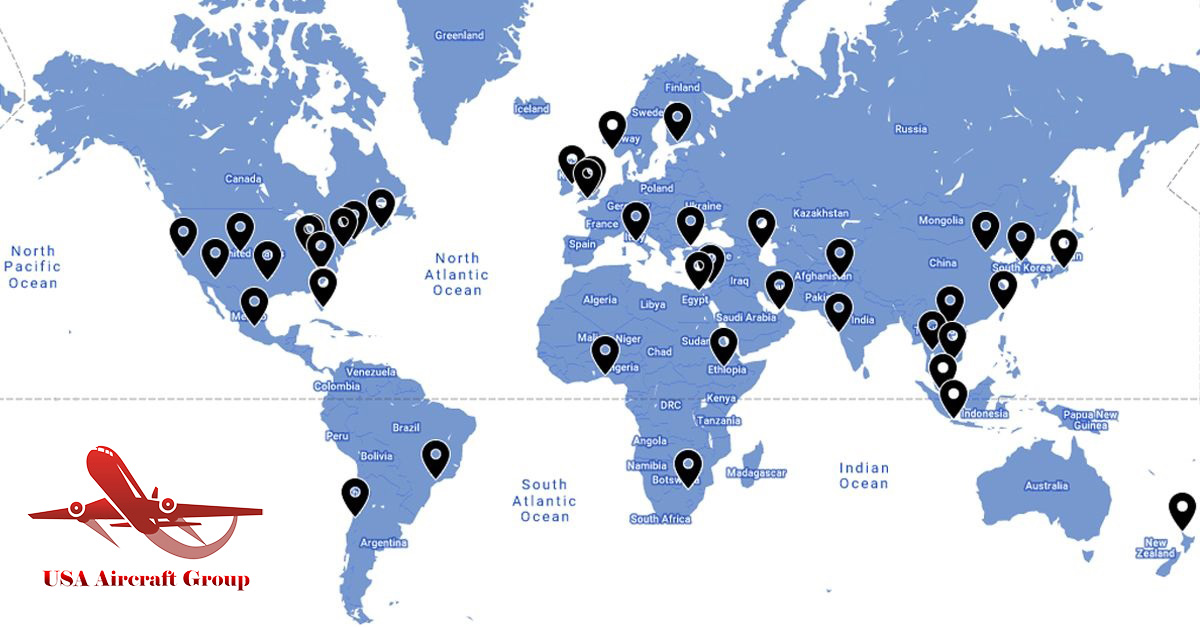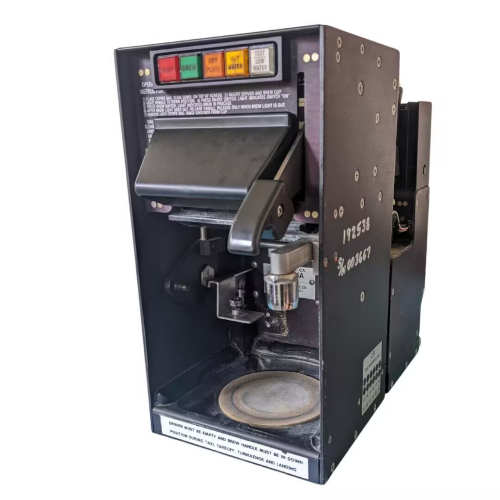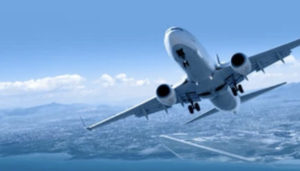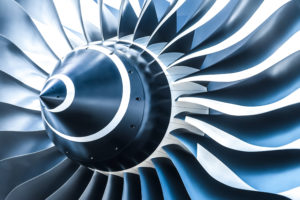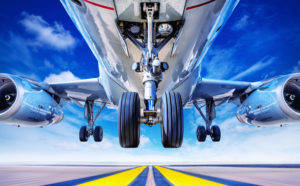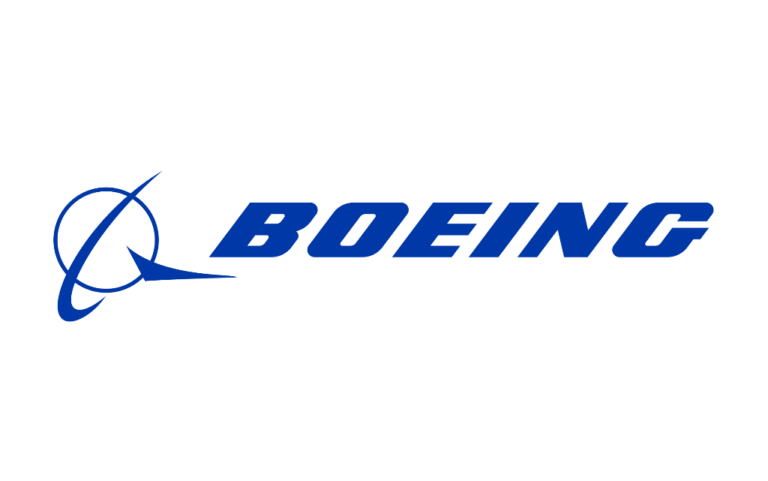Press Releases

Engine operation-USA Aircraft Group Corporation
Date: 2025/11/1
We will mainly focus on the most mainstream jet engines (tortex fans) and briefly mention other types.Core principle: Newton's third law
No matter what kind of jet engine, its basic principle follows Newton's third law: force and reaction force. The engine sprays gas backwards at high speed, thus gaining a huge forward thrust and pushing the plane forward.
---
I. Star protagonist: turbofan engine
The turbofan engine is the power heart of modern airliners, transport aircraft and many military aircraft. Its full name is "turbine fan engine". Its core design idea is that through a huge fan, a large amount of air "bypasses" the core machine and directly generates most of the thrust, which makes it high efficiency and low noise.
We can imagine the turbofan engine as two nested pipes:
1. Core machine: the internal pipe is the power source of the engine.
2. Outer culvert: the outer ring pipe, from which the air bypasses the core machine.
Main components and working steps ("air intake" to "jet"):
1. Air intake & fan
· Process: The air enters from the front end of the engine, and first encounters a huge rotating fan (with a diameter of more than 3 meters).
· Function: The fan is like a large propeller, dividing the inhaled air into two strands:
· Connotation airflow: part of the air enters the core machine.
· External culvert airflow: Most of the air is driven by the fan, bypassing the core machine, and spraying directly back through the external culvert.
2. Air compressor
· Process: Enter the connotation airflow of the core machine, and first pass through the compressor. The compressor is composed of multiple rows of rotating (rotor) and stationary (static) blades.
· Function: Compress the air step by step to increase its pressure, temperature and density sharply to prepare for high-efficiency combustion.
3. Combustion chamber
· Process: High-pressure air enters the combustion chamber and mixes with the aviation kerosene sprayed from the fuel injector.
· Function: The igniter ignites it to form a continuous high-temperature and high-pressure gas flame. This is the core of engine energy injection.
4. Turbine
· Process: High-temperature and high-pressure gas rushes to the turbine at a very high speed. The turbine is also composed of multiple rows of carefully designed blades.
· Function: The energy of gas drives the turbine to rotate at high speed. The turbine is connected to the compressor and fan in front through a spindle to power them. It can be understood as "the energy generated by combustion, most of which is extracted by turbines, is used to drive fans and compressors".
5. Exhaust & nozzle
· Process: After passing through the turbine, the high-temperature gas in the inner channel and the low-temperature air in the outer culvert are mixed at the tail and sprayed back through the nozzle.
· Effect: The gas is ejected at an accelerated rate, and according to Newton's third law, it produces a huge forward thrust.
Source of thrust:
· In the turbofan engine, about 70%-80% of the thrust comes from the external culvert (the "cold air" driven by the fan), and the rest comes from the inthent (the "hot gas" ejected by the core engine). The culvert ratio (the ratio of external culvert and the internal culvert airflow) is a key indicator for measuring engine efficiency and thrust characteristics. The engine culvert ratio of modern passenger aircraft is getting bigger and bigger.
---
II. The starting process of the engine
The engine can't turn on its own. It needs a start-up process:
1. Starter work: When the pilot starts the engine, the auxiliary power unit (APU) or ground power vehicle on the plane will drive a starter, which drives the core shaft of the engine (connecting fans, compressors and turbines) to start rotating.
2. Gas introduction & ignition: When the core shaft rotates to a certain speed (such as 15% speed) and can suck in enough air, the fuel system begins to inject fuel into the combustion chamber, while the igniter works to ignite the mixed gas.
3. Self-sustainment: The high-temperature gas generated by combustion begins to drive the turbine, and the power generated by the turbine gradually exceeds the power required by the starter. At this time, the starter is released, and the engine enters the self-holding state, which can independently accelerate to the slow state.
4. Accelerate to the thrust state: The pilot increases the fuel supply by manipulating the throttle lever, and the engine speed is further increased to generate the required thrust.
---
III. Introduction to other types of aircraft engines
1. Vortex-jet engine
· Features: Used by jet aircraft in the early days. There is no external channel, and all the inhaled air enters the core machine.
· Advantages and disadvantages: High efficiency in high-speed flight, but high fuel consumption and loud noise. Now it is mostly used in supersonic fighters.
2. Turbo vanade engine
· Features: The core machine drives a propeller, the propeller produces the main thrust (about 90%), and the jet thrust only accounts for a small part.
· Advantages and disadvantages: It is extremely efficient and fuel-efficient in medium and low-speed flights, but the flight speed is limited (usually below Mach 0.7). It is used for small and medium-sized branch airliners and transport aircraft.
3. Piston engine
· Features: Similar to the principle of automobile engine, the propeller is driven by piston movement.
· Application: Mainly used for small and light general aviation aircraft.
Sum up
Engine type, main thrust source, characteristics and application
Turbofan engine fan-driven external airflow + core engine jet, high efficiency and low noise, is the absolute main force of modern air transportation.
The vortex jet engine, the core jet, has good high-speed performance, but the fuel consumption and noise are loud. It is mainly used for military aircraft.
The vortex engine and propeller are extremely low-speed and efficient, which is used for branch airliners and general-purpose aircraft.
The piston engine propeller has a simple structure and is used for small light aircraft.
Simply put, a modern aircraft engine is a sophisticated energy conversion machine: inhaling air → compressing and supercharging → injecting fuel for combustion → generating high-temperature and high-pressure gas to drive the turbine → the turbine drives the fan and compressor → ejecting gas to obtain thrust. It is an engineering miracle that works stably at extreme temperatures, pressures and speeds.



